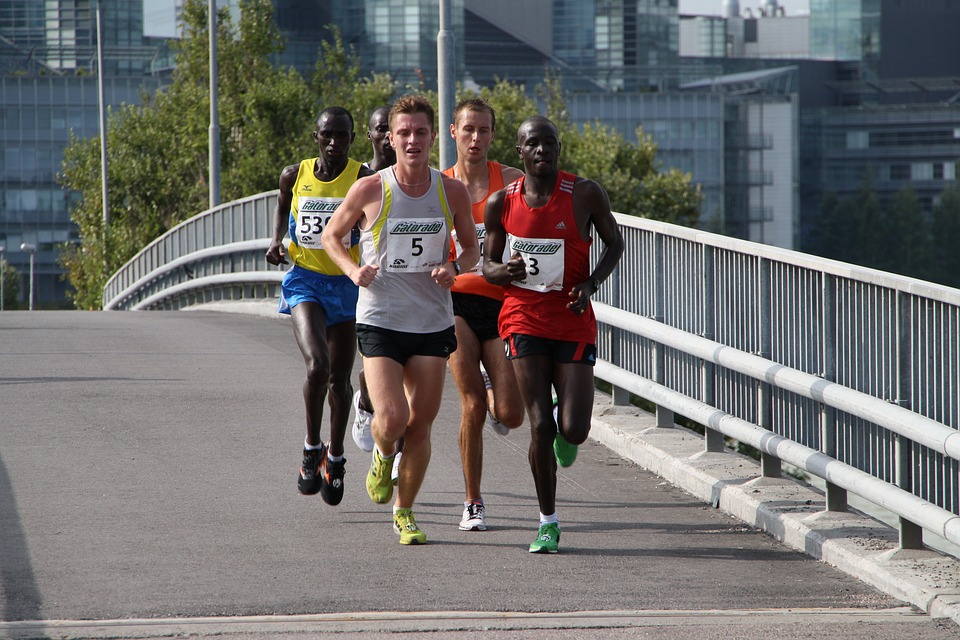A sprinter is a short-distance runner who focuses on stamina, explosive power, and agility. They have fast-twitch muscle fibers, which are responsible for fast contractions and quick fatigue. Sprinters train using free weights and bodyweight plyometric exercises, compound movements that develop speed and power. Their heart rate during high-intensity activities can be 80%-90% of maximum.
A marathon runner is a long-distance runner who focuses on endurance and the time their muscles can tolerate aerobic energy production, also known as lactate threshold. They train their slow-twitch fibers to provide more energy throughout a race, which typically lasts about 42km. Marathon runners’ heart rates are generally between 60-70% maximum, but experienced runners can have heart rates between 70-80% maximum.
Key Takeaways
- Sprinters focus on power, speed, and fast-twitch muscle fibers, while marathon runners focus on endurance, stamina, and slow-twitch muscle fibers.
- Sprinters train using free weights and plyometric exercises, while marathon runners train by running at their lactate threshold and developing their slow-twitch fibers.
- Heart rate during activity differs between sprinters and marathon runners, with sprinters having a higher heart rate during high-intensity activities.
